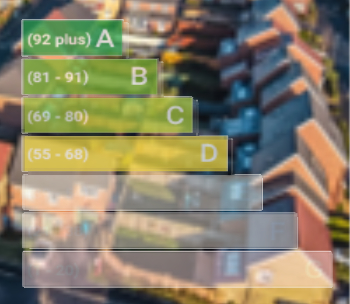Elastic limit
Contents[hide] |
[edit] Introduction
All materials show elastic behaviour to a degree, some more than others. If, after a load has been applied and then quickly removed, a material returns rapidly to its original shape, it is said to be behaving elastically. Elasticity is a crucial characteristic of building materials; if it were not, buildings would suffer continuous deformation under load and ultimately would collapse.
[edit] Elastic limit
A solid material’s elastic limit is the maximum stress per unit area it can withstand before there is permanent deformation. In other words, it is the limit of the material’s elasticity, for up to that point, the solid can resume its original shape when the load is removed; after that point, it undergoes permanent (plastic) deformation and will not return to its original shape even after the load (yield load) has been removed.
On a graph showing a stress-strain curve, the point of the limit of elastic behaviour is called the ‘yield point’ and this is where plastic deformation begins – some of this deformation will be plastic and irreversible. In structural engineering, the yield point is regarded as a ‘soft failure’ mode which does not usually cause catastrophic or ultimate failure. It might be referred to as the fracture point or in the case of structural failure the breaking point, such as where a timber beam goes beyond, the yield, soft failure and fracture to break and collapse.
No structural material exhibits perfect elasticity: depending on the type of structure and the material, permanent deformations are unavoidable whenever loads exceed certain values. That is why engineers design structures to ensure the materials are being used within their elastic range and the loads involved will not produce permanent deformations.
All structural materials behave plastically beyond their elastic range. However, even if some materials show elastic behaviour, they may – after a long period of service, usually many years – exhibit a degree of plastic flow (or creep).
[edit] Linear elasticity
This occurs when the deformation in a material is proportional to the load applied. So, if a person weighing 50kg causes a diving board to deflect by 300mm, and another person weighing 100kg causes an identical board to deflect by 600mm, the diving board is exhibiting linear deflection. Most structural materials are, within limits, linearly elastic and are used within their linearly elastic range.
[edit] Related articles on Designing Buildings
- Concept structural design.
- Detailed design.
- Elements of structure in buildings.
- Moment.
- Stiffness.
- Structural engineer.
- Structural principles.
- Structural systems for offices.
- Structural vibration.
- Structures at the end of their design life.
- The development of structural membranes.
- Types of structural load.
- Vibrations.
Featured articles and news
Confirming previously announced funding, and welfare changes amid adjusted growth forecast.
Scottish Government responds to Grenfell report
As fund for unsafe cladding assessments is launched.
CLC and BSR process map for HRB approvals
One of the initial outputs of their weekly BSR meetings.
Architects Academy at an insulation manufacturing facility
Programme of technical engagement for aspiring designers.
Building Safety Levy technical consultation response
Details of the planned levy now due in 2026.
Great British Energy install solar on school and NHS sites
200 schools and 200 NHS sites to get solar systems, as first project of the newly formed government initiative.
600 million for 60,000 more skilled construction workers
Announced by Treasury ahead of the Spring Statement.
The restoration of the novelist’s birthplace in Eastwood.
Life Critical Fire Safety External Wall System LCFS EWS
Breaking down what is meant by this now often used term.
PAC report on the Remediation of Dangerous Cladding
Recommendations on workforce, transparency, support, insurance, funding, fraud and mismanagement.
New towns, expanded settlements and housing delivery
Modular inquiry asks if new towns and expanded settlements are an effective means of delivering housing.
Building Engineering Business Survey Q1 2025
Survey shows growth remains flat as skill shortages and volatile pricing persist.
Construction contract awards remain buoyant
Infrastructure up but residential struggles.
Warm Homes Plan and existing energy bill support policies
Breaking down what existing policies are and what they do.
A dynamic brand built for impact stitched into BSRIA’s building fabric.






















